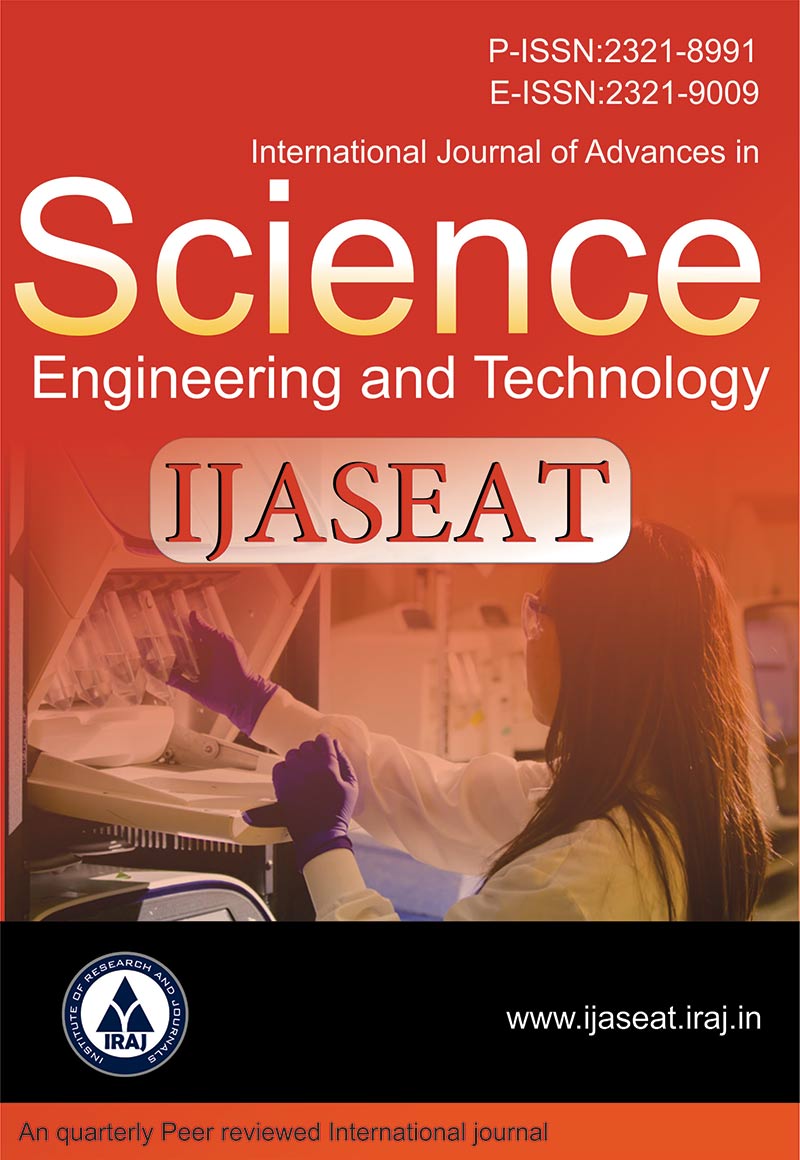Publish In |
International Journal of Advances in Science, Engineering and Technology(IJASEAT)-IJASEAT |
 Journal Home Volume Issue |
||||||||
Issue |
Volume-6, Issue-4, Spl. Iss-2 ( Dec, 2018 ) | |||||||||
Paper Title |
The Benefits of Waste Propylene usage in Architectural Structures and Other Engineering Applications | |||||||||
Author Name |
Adem Atmaca, Nihat Atmaca, Amani Jneid | |||||||||
Affilition |
Department of Energy Systems Engineering, Gaziantep University, Gaziantep, TURKEY Department of Civil Engineering, Gaziantep University, Gaziantep, TURKEY Department of Civil Engineering, Gaziantep University, Gaziantep, TURKEY | |||||||||
Pages |
37-39 | |||||||||
Abstract |
The concrete is made with wastes which are eco-friendly is called as Green concrete, and this paper gives information about the aspect on how to use a material such as Polypropylene (PP) fiber with cement as a construction material and benefit also in gaining a detailed flexibility in the architectural design. Polypropylene is the world's second-most widely produced synthetic plastic, after polyethylene (PP). PP is normally tough and flexible with low density, this allows polypropylene to be used as an engineering plastic,, with a Young's modulus between 1300 and 1800 N/mm².The study presents the ability of the using a construction material by product materials like (PP). The use of PP contributes the reduction of greenhouse emissions with negative impacts on the economy. It had been observed that 0.9 tons of CO2 is produced per ton of cement production procedure. Also, the composition of cement is 10% by weight in a cubic yard of concrete. However, by the use of green concrete it is possible to reduce the CO2 emission in atmosphere and achieve an eco-friendly construction technique. Over and above (PP) has greater strength, fatigue resistance, and durability than the normal concrete. Keywords - Polypropylene, Eco-Friendly Construction Material, Enhancing design capability, Green buildings. | |||||||||
| View Paper | ||||||||||